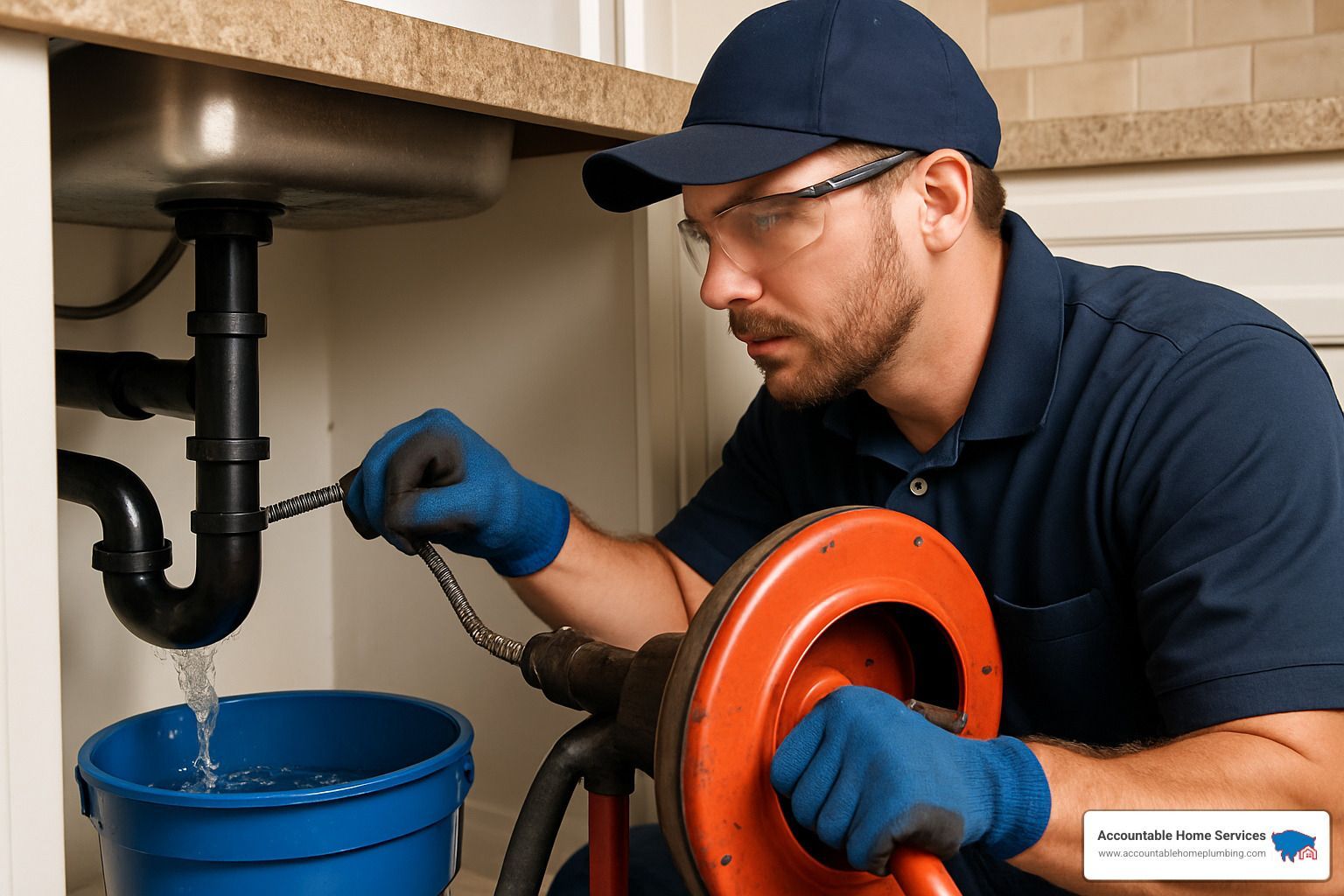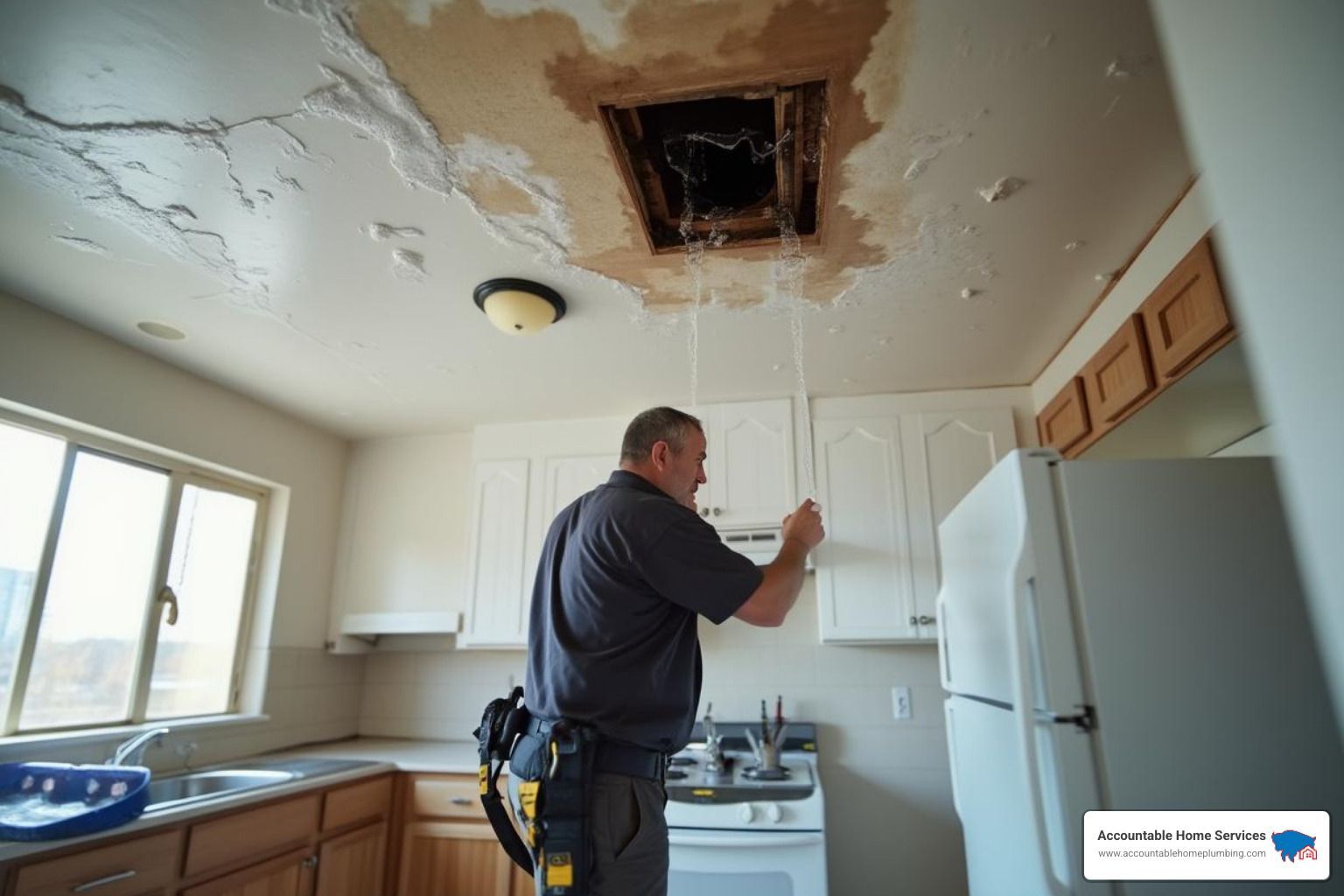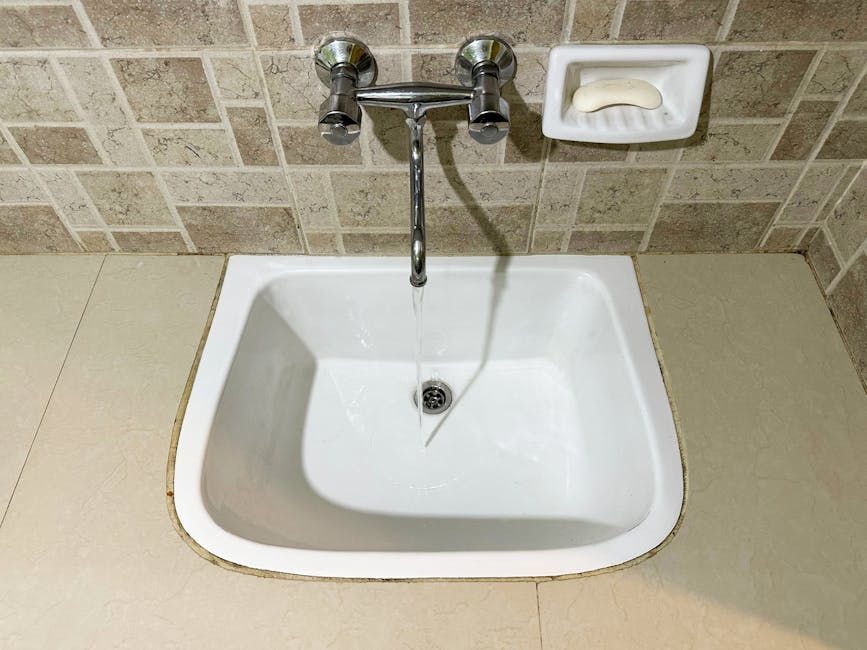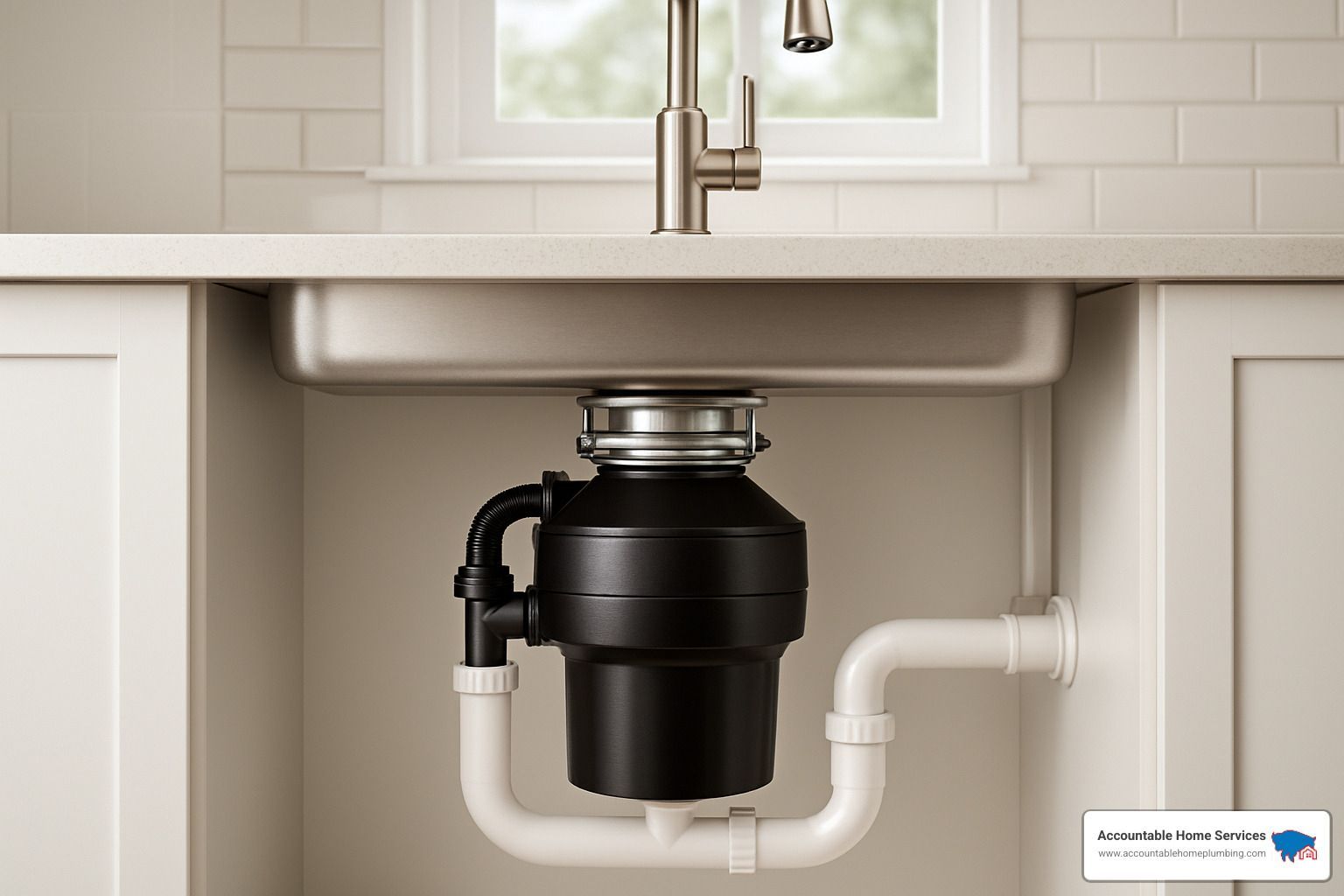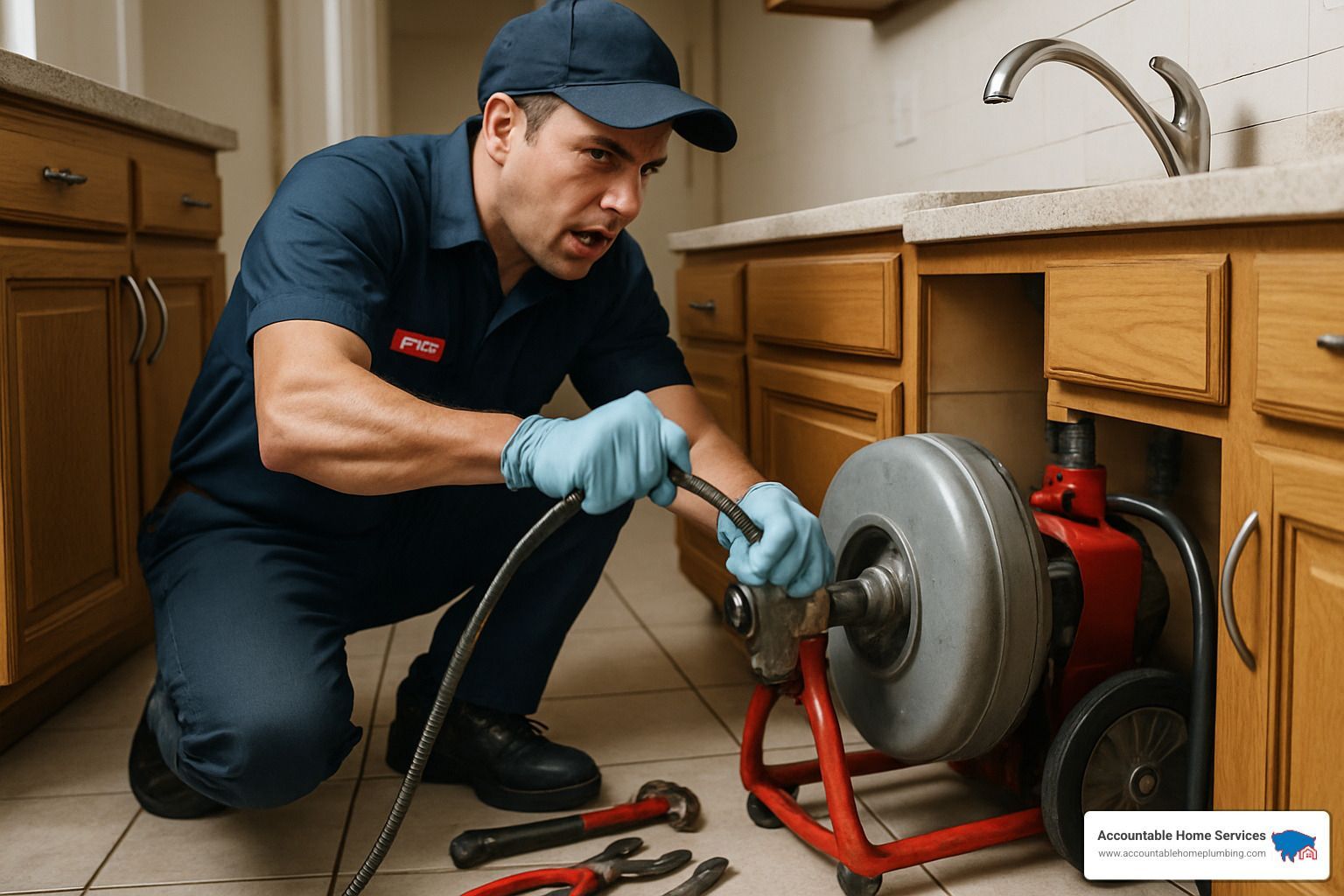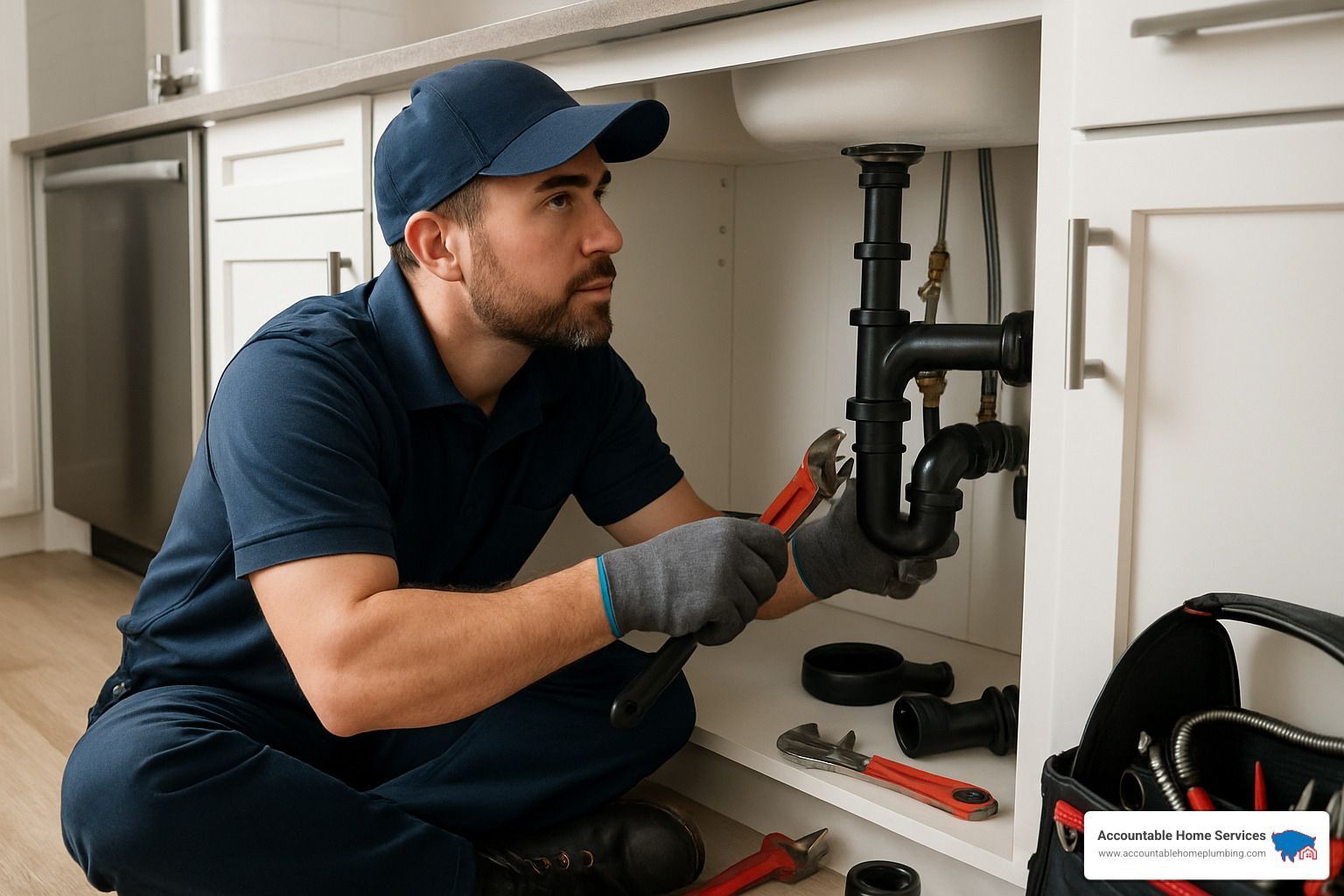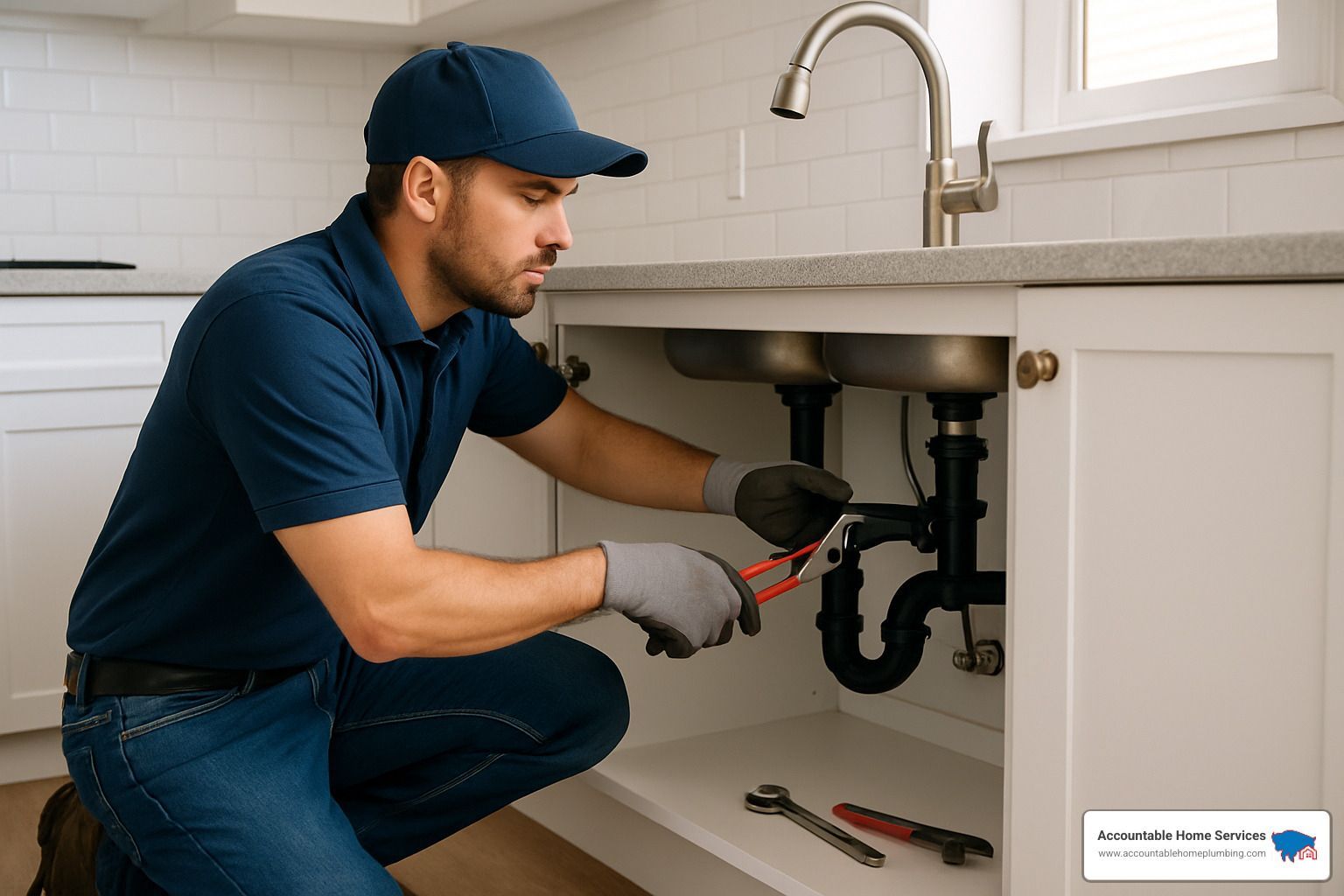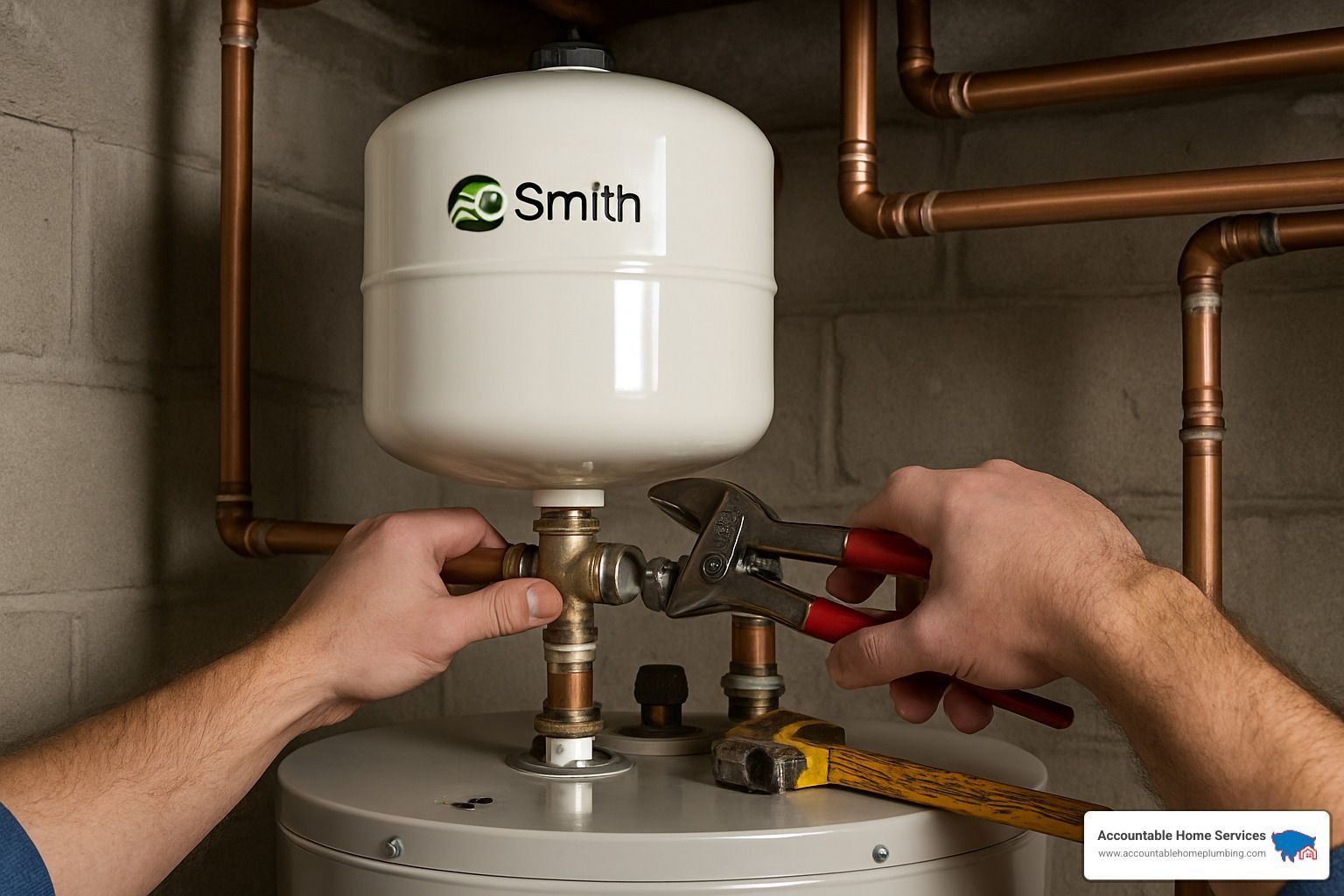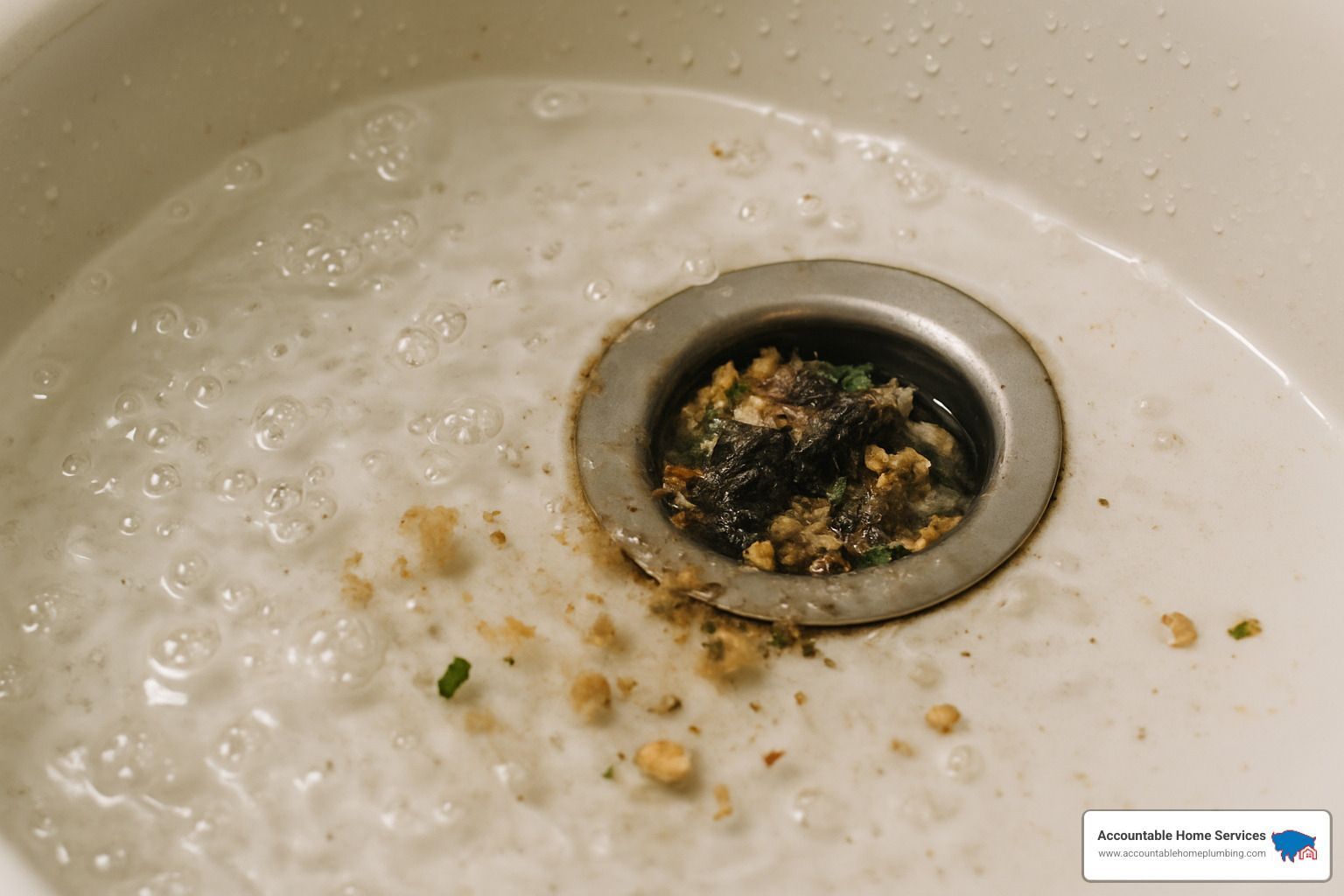How to Hook Up an Electric Water Heater Without Shocking Results
Electric Water Heater Hookup: What You Need to Know
If you're searching for instructions on electric water heater hookup, here's a quick overview of the essential steps:
- Turn off power at the breaker and verify with a voltage tester
- Gather necessary tools: pipe wrenches, tubing cutter, Teflon tape, non-contact tester
- Drain and remove the old water heater
- Position new heater in a drain pan and ensure it's level
- Connect water lines using flexible connectors or copper pipes
- Install T&P relief valve with proper discharge piping
- Connect electrical wiring(240V, 30A dedicated circuit with 10-gauge wire)
- Fill tank completely before restoring power
- Check for leaks and set thermostat to 120°F
Installing an electric water heater hookup may seem daunting, but with the right preparation and safety precautions, it's a project many homeowners can tackle successfully. A new water heater not only ensures hot showers but can also improve energy efficiency in your home. Most electric water heaters have a lifespan of 10-15 years, so this installation will serve you well for years to come.
I'm Mike Martinez, owner of Accountable Home Plumbing in Denver, with over 15 years of experience performing professional electric water heater hookup installations throughout the Denver metro area. I've seen the common mistakes homeowners make and will help you avoid them with this straightforward guide.

Understanding Electric Water Heaters
Before rolling up your sleeves for that electric water heater hookup, let's get familiar with what you're actually working with.
Electric water heaters come in several types. Traditional tank models store and heat 40-80 gallons, keeping it ready until needed. Tankless versions heat water on-demand. Heat pump water heaters are energy-efficient options that move heat rather than creating it from scratch.
Most electric water heaters use resistance heating elements managed by thermostats. A typical tank unit has two heating elements—one up top and one down below.
| Feature | Tank Water Heater | Tankless Water Heater | Heat Pump Water Heater |
|---|---|---|---|
| Initial Cost | $300-$900 | $500-$1,500 | $1,200-$3,500 |
| Installation Complexity | Moderate | High | High |
| Energy Efficiency | Fair | Good | Excellent |
| Space Required | More (30-60" tall) | Less (wall-mounted) | More (needs 450+ cu. ft.) |
| Lifespan | 10-15 years | 15-20 years | 13-15 years |
How an Electric Water Heater Works
Your standard electric tank water heater works through a simple process: Cold water enters through the inlet pipe and travels down a dip tube to the bottom of the tank. The lower heating element warms this water first. Since hot water naturally rises, the upper element maintains the temperature at the top of the tank.
When you turn on a hot water tap, pressure from incoming cold water pushes the hot water up and out through the outlet pipe. The thermostat keeps the heating elements cycling on and off as needed.
The anode rod inside attracts corrosive elements in your water so they don't attack the tank itself—it literally corrodes so your tank doesn't have to!
Types at a Glance
Storage Tank Water Heaters These classic units keep a large volume of water hot and ready. They're straightforward to install but consume energy continuously to maintain water temperature.
On-Demand (Tankless) Water Heaters These space-saving units heat water only when needed, eliminating standby energy waste. They require serious electrical service (often 150+ amps) and larger homes might need multiple units.
Hybrid Heat Pump Water Heaters These eco-friendly units extract heat from surrounding air. They need at least 450 cubic feet of air space and perform best when temperatures stay above 40°F. According to research from the Department of Energy , they can use up to 60% less energy than standard electric models.

Pre-Hookup Safety & Preparation
Before you dive into your electric water heater hookup, proper preparation will save you headaches down the road.
Gathering Tools & Materials
For tools, you'll need two adjustable pipe wrenches, a tubing cutter, flathead and Phillips screwdrivers, wire strippers, a non-contact voltage tester, pliers, a level, and measuring tape. You'll also want a garden hose and bucket for draining the old heater, plus a hand truck or dolly.
For materials, beyond the new water heater itself, you'll need flexible water connectors (or copper pipe and fittings), Teflon tape, pipe joint compound, dielectric unions or nipples, a thermal expansion tank (if required by code), and a drain pan. For electrical work, you'll need 10/2 electrical cable, conduit and fittings if required by code, wire nuts, and a strain relief connector.
Safety Precautions Before electric water heater hookup
Turn off the power at your electrical panel before doing anything else. Find the breaker that controls your water heater (usually a double-pole 30-amp breaker) and flip it to the OFF position. Place a piece of tape over it or use a lock-out tag.
Always verify the power is actually off using a non-contact voltage tester. This simple check can prevent a shocking surprise.
Shut off the water supply to your existing heater. There should be a valve on the cold water inlet pipe.
Before starting, check if your area requires a permit for water heater replacement. This ensures your installation meets safety codes and protects your home insurance coverage.
Your home's water pressure should ideally be between 50-60 PSI. Higher pressure can damage your new heater and plumbing system.
Plan your installation space carefully, allowing at least 6 inches of clearance on all sides of the water heater for proper ventilation and maintenance access.
Protect yourself with proper gear. At minimum, wear gloves to protect against sharp edges and hot pipes, plus safety glasses to shield your eyes.
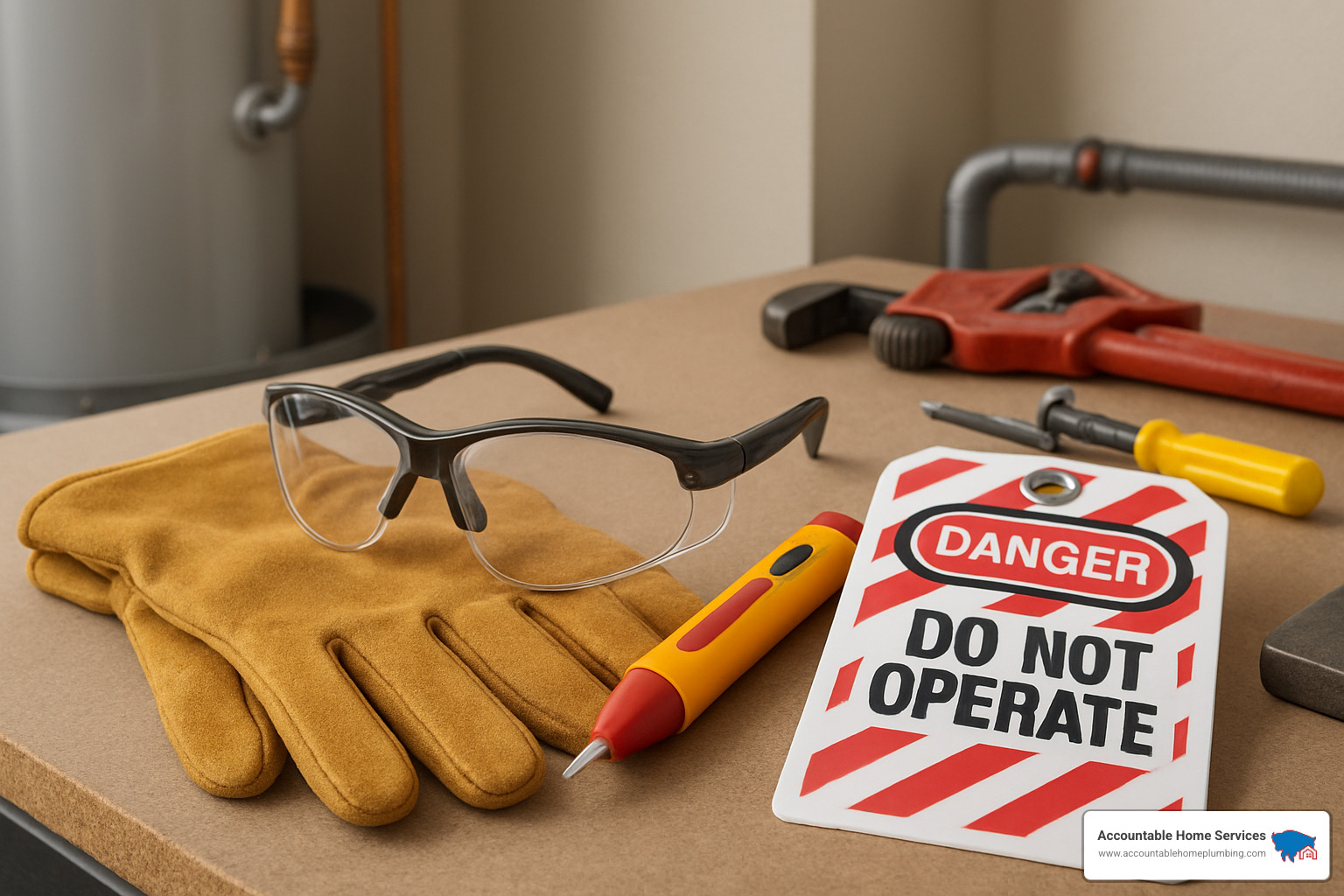
For more detailed information about maintaining your water heater after installation, check out our guide on Routine Water Heater Maintenance.
Step-by-Step electric water heater hookup
Let's tackle your electric water heater hookup together! Here's how to safely replace your old water heater with a new one:
Disconnect & Remove Old Unit
Double-check that you've turned off both the power and water supply. Attach your garden hose to the drain valve and run the other end to a floor drain or outside. Open a hot water faucet somewhere in your house to allow air into the system, then open the drain valve.
Pro Tip: Keep a bucket handy when disconnecting water lines for any stubborn water.
Disconnect the hot and cold water pipes from the top of the heater. Remove the junction box cover plate and take a quick photo of the wiring before disconnecting. Disconnect the electrical wires, unscrew the strain relief connector, and carefully remove the old unit.
Positioning the New Tank
Place a drain pan that's at least 2 inches wider than your heater's diameter. Position your new heater and make sure it's level—use shims if needed. In earthquake-prone areas, install seismic straps: one about 6 inches from the top and another 18 inches from the bottom of the tank.
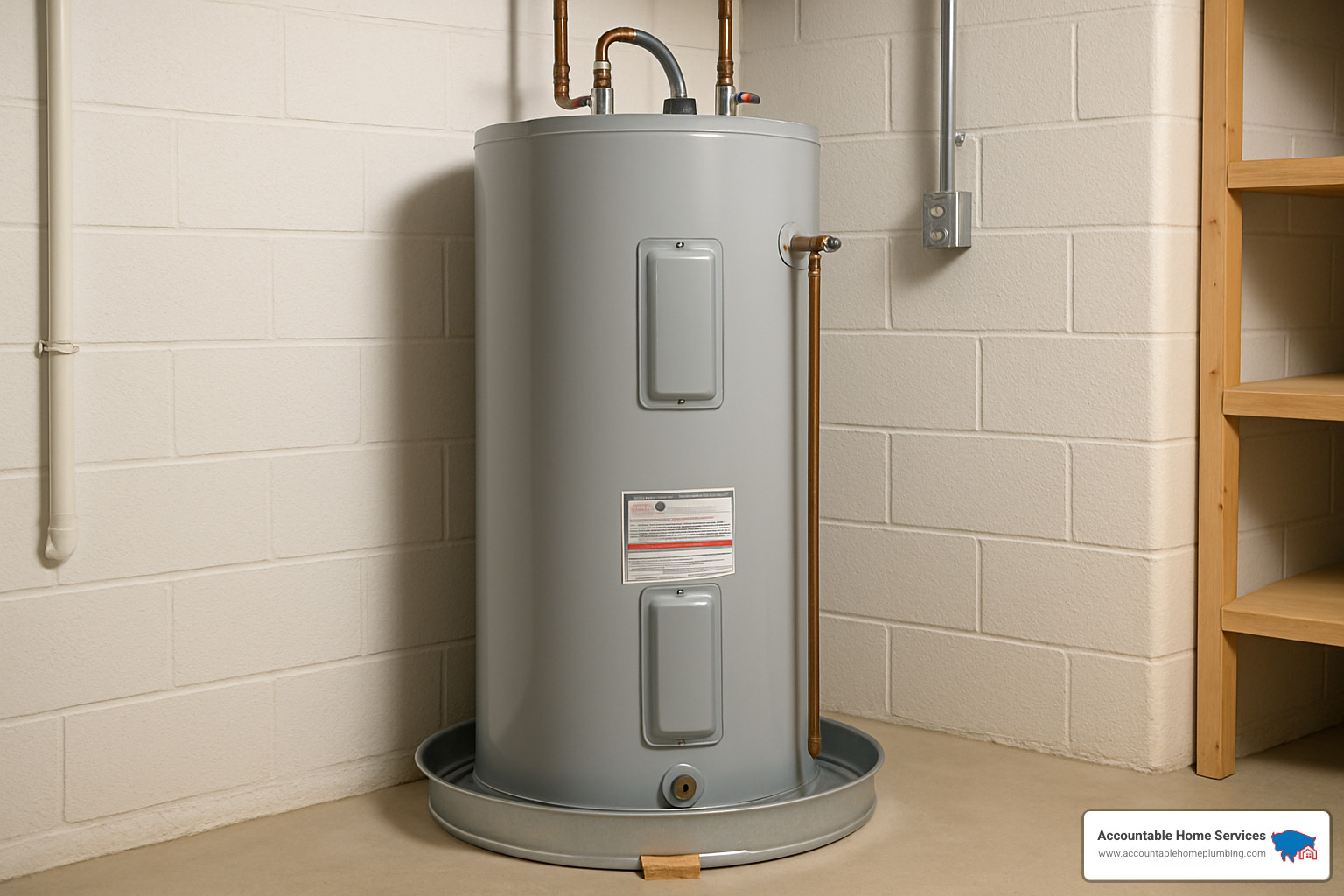
Water Connections for electric water heater hookup
Install a shutoff valve on the cold water inlet pipe if there isn't one already. For all threaded connections, wrap Teflon tape clockwise around the threads or apply pipe joint compound. Use dielectric unions on both hot and cold connections to prevent corrosion between dissimilar metals.
Flexible stainless steel water connectors make for an easier installation than rigid pipes. If using copper pipes, never solder them while attached to the water heater—the heat can damage internal components.
Install T&P Relief Valve & Discharge Pipe
The temperature and pressure (T&P) relief valve is a crucial safety device. If your heater didn't come with this valve pre-installed, wrap the threads with Teflon tape and install it. Then attach a discharge pipe that meets these requirements:
- At least 3/4" in diameter
- Runs downward and terminates 1"-6" above a floor drain
- Has no caps, plugs, or valves
- Is made of material rated for 250°F temperatures
- Installed with a continuous downward slope
Adding a Thermal Expansion Tank
In closed plumbing systems, an expansion tank provides a cushion for expanded water. Check if your local codes require one—many areas now mandate them. For sizing, use a 2-gallon expansion tank for water heaters up to 50 gallons, or a 5-gallon tank for larger heaters.
Before installation, adjust the expansion tank's air pressure to match your home's water pressure (typically 50-60 PSI). Mount it on the cold water supply line using a tee fitting.
Electrical Wiring & Final Hookup
Most residential electric water heater hookups require a dedicated 240-volt, 30-amp circuit with 10/2 copper wire. Remove the cover from the junction box on your water heater and install a strain relief connector in the knockout hole.
Connect the ground wire to the green ground screw inside the junction box. Then connect the two hot wires from your home's electrical supply to the two water heater leads. Secure all connections with wire nuts and replace the junction box cover.
IMPORTANT: Do not turn on power until the tank is completely filled with water.
Fill, Purge & Power On
Make sure the drain valve is closed, then open the cold water supply. To purge air from the system, open the nearest hot water faucet and let it run for about three minutes until water flows smoothly.
Inspect all connections for leaks, tightening any fittings as needed. Once the tank is completely full and all air is purged, restore power at the circuit breaker.
Most manufacturers preset the thermostat to 120°F—a temperature that balances safety with comfort and energy efficiency. After about an hour, check for hot water at a faucet.
Post-Installation Checks, Codes & Common Mistakes
You've made it through the electric water heater hookup process - congratulations! Let's make sure everything is working safely and correctly.
Safety First: Your Post-Installation Checklist
Once your water heater has been running for about an hour, check for leaks around all connections. Water expands when heated, so leaks that weren't visible during filling might appear now.
Test the temperature and pressure relief valve by carefully lifting the test lever and letting it snap back. You should see water flow and then stop completely when the lever is released. If water continues to dribble or nothing happens, replace the valve immediately.
Finally, check your electrical panel. The circuit breaker shouldn't feel hot to the touch, and you should hear the water heater cycling normally.
Avoid These Common DIY Pitfalls
Even experienced DIYers make mistakes during electric water heater hookup:
Dry firing the heating elements is probably the most common and costly mistake. Always fill the tank completely before applying power.
Using undersized wiring creates a serious fire hazard. Electric water heaters require 10-gauge wire for a 30-amp circuit.
Skipping the drain pan might seem minor, but water damage is expensive! Most building codes require a drain pan with a proper drain line.
Improper T&P discharge piping is a genuine safety issue. This pipe must be the correct diameter, properly sloped, and terminate in a safe location.
Missing permits or inspections can void insurance coverage and create headaches when selling your home.
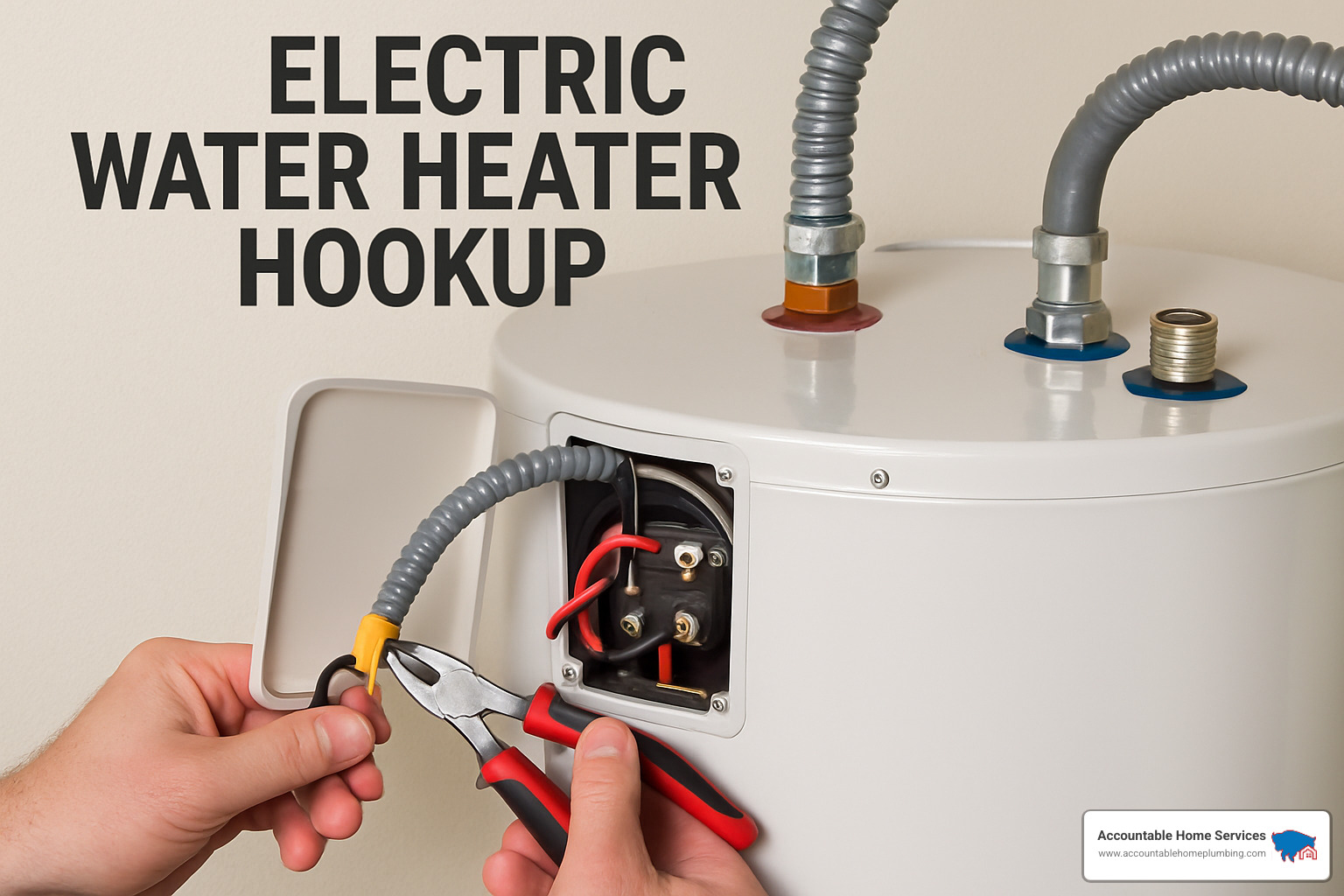
Understanding Code Requirements
The 2021 International Residential Code (IRC) Chapter 28 covers water heater installations. Key requirements include:
- Proper clearance—typically 6 inches all around
- Seismic straps in earthquake-prone areas
- Drain pan at least 1.5 inches deep and 2 inches wider than your heater's diameter
- Properly rated T&P valve and correctly configured discharge pipe
- Expansion tank for closed plumbing systems
Beyond the Basics: Safety and Efficiency Upgrades
Consider these worthwhile upgrades:
Thermostatic mixing valves blend hot water with cold at the point of use, preventing scalding while allowing you to keep your tank at a bacteria-killing 140°F.
Pipe insulation is an inexpensive upgrade that pays for itself quickly. Simply slip foam insulation sleeves over the first 6 feet of hot water pipe to reduce heat loss and improve efficiency.
Maintenance, Upgrades & When to Call a Pro
To maximize the lifespan of your newly installed water heater:
-
Flush the tank annually: Sediment buildup reduces efficiency and can damage the tank. Connect a hose to the drain valve and flush a few gallons of water until it runs clear.
-
Check the anode rod every 3-5 years: This sacrificial component prevents tank corrosion. If it's less than 1/2 inch thick or covered with calcium, replace it.
-
Test the T&P relief valve yearly: Ensure it opens and closes properly.
-
Monitor for signs of trouble: Rusty water, unusual noises (popping or rumbling), or decreasing hot water supply can indicate problems.
Consider these upgrades for better performance:
- Insulation blanket: In unheated spaces, an insulation blanket can reduce standby heat loss.
- Heat trap nipples: These inexpensive fittings prevent convective heat loss through pipes.
- Thermostatic mixing valves: Allow higher tank temperatures while preventing scalding at fixtures.

When to call us at Accountable Home Plumbing:
- Electrical upgrades needed: If your home requires electrical panel work or new circuit installation.
- Complex plumbing changes: When existing plumbing doesn't align with the new heater.
- Leaks you can't resolve: Persistent leaks may indicate more serious plumbing issues.
- Permit and inspection navigation: We handle all paperwork and inspections.
- Time constraints: A professional installation typically takes 2-4 hours versus a full day for DIY.
- Warranty considerations: Some manufacturers require professional installation to maintain warranty coverage.
Signs your water heater needs replacement include:
- Age over 10 years
- Rusty water
- Insufficient hot water
- Frequent repairs
- Visible corrosion or leaks
- Strange noises that persist after flushing
Frequently Asked Questions about Electric Water Heater Hookup
Do I need an expansion tank for every installation?
You'll need an expansion tank if you have a "closed" plumbing system—any home setup with check valves, pressure-reducing valves, or backflow preventers installed. These devices prevent expanded water from flowing back into the city water supply.
Without an expansion tank in a closed system, the water that naturally expands when heated has nowhere to go. This increased pressure can damage your plumbing system. The expansion tank acts like a pressure relief cushion, protecting your home's plumbing.
In Denver and most municipalities nowadays, building codes require expansion tanks with new water heater installations.
What wire size and breaker do I use?
For standard residential electric water heaters (those with 4500-watt elements), you'll need:
- A dedicated 30-amp double-pole circuit breaker
- 10-gauge copper wire (specifically 10/2 with ground)
This circuit should be dedicated solely to your water heater. Larger capacity water heaters might require 40-amp service with 8-gauge wire, so always check your specific model's requirements.
When using 10/2 cable for a 240V circuit, both the black and white wires serve as hot conductors. Be sure to mark that white wire with red or black electrical tape to indicate it's being used as a hot wire.
How long before I get hot water after installation?
After completing your electric water heater hookup, you'll typically need to wait about 60-90 minutes for a full tank of hot water.
Several factors affect exactly how long you'll wait:
- The size of your tank (a 50-gallon tank takes longer than a 30-gallon)
- How cold your incoming water is (especially relevant during Denver winters!)
- The wattage of your heating elements
- Your temperature setting
Don't be alarmed if you notice tiny air bubbles or slightly discolored water during the first few uses—this is completely normal after a new installation and will clear up after running hot water for a few minutes.
Conclusion
Completing an electric water heater hookup yourself is truly one of those satisfying home projects that delivers immediate benefits. There's something special about that first hot shower after you've installed the unit with your own two hands—not to mention the money you've saved on installation costs!
By following this guide step-by-step, paying close attention to safety precautions, and ensuring you meet all local code requirements, you've given yourself the gift of reliable hot water for the next decade or more.
That said, we understand that DIY projects sometimes take unexpected turns. Maybe you've reached a point where the electrical work feels beyond your comfort zone, or perhaps your home's plumbing configuration is more complex than anticipated. That's completely okay, and it's actually a sign of wisdom to recognize when to call in the professionals.
Here at Accountable Home Plumbing, we've helped countless homeowners in the Denver Metro area with their water heater needs—whether taking over a DIY project that hit a snag or handling the complete installation from start to finish. Our team serves Broomfield, Westminster, Thornton, Northglenn, Arvada, Boulder, Denver, and Longmont with the same care we'd give our own homes.
What makes us different? We believe in transparency and peace of mind. That means upfront pricing with zero hidden fees or surprise charges. It means 24/7 emergency service because we know hot water emergencies don't follow a 9-to-5 schedule. And it means a commitment to doing the job right the first time.
Whether you need a complete electric water heater hookup, repair work on your existing unit, or just some friendly advice on your DIY project, we're just a phone call away.

